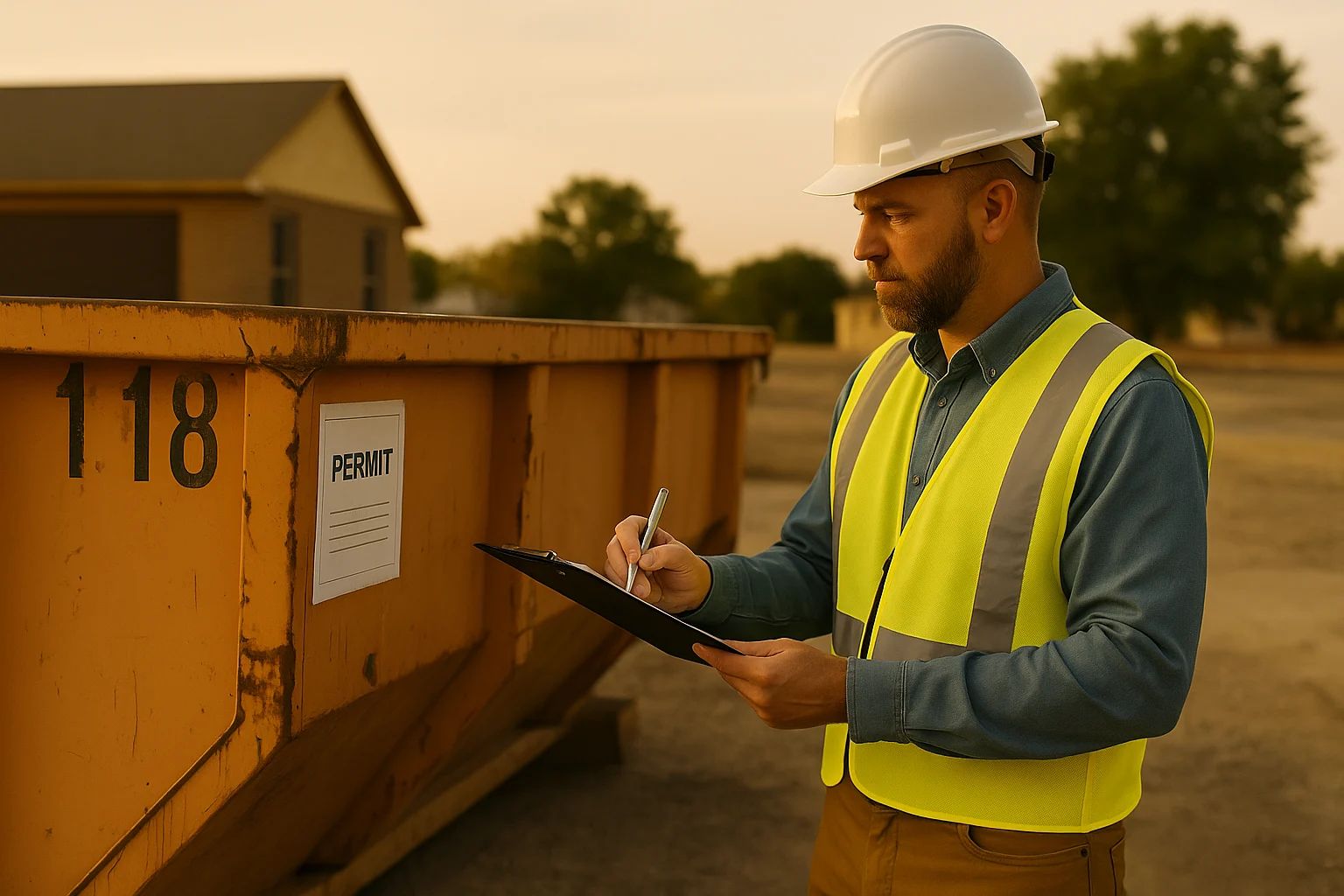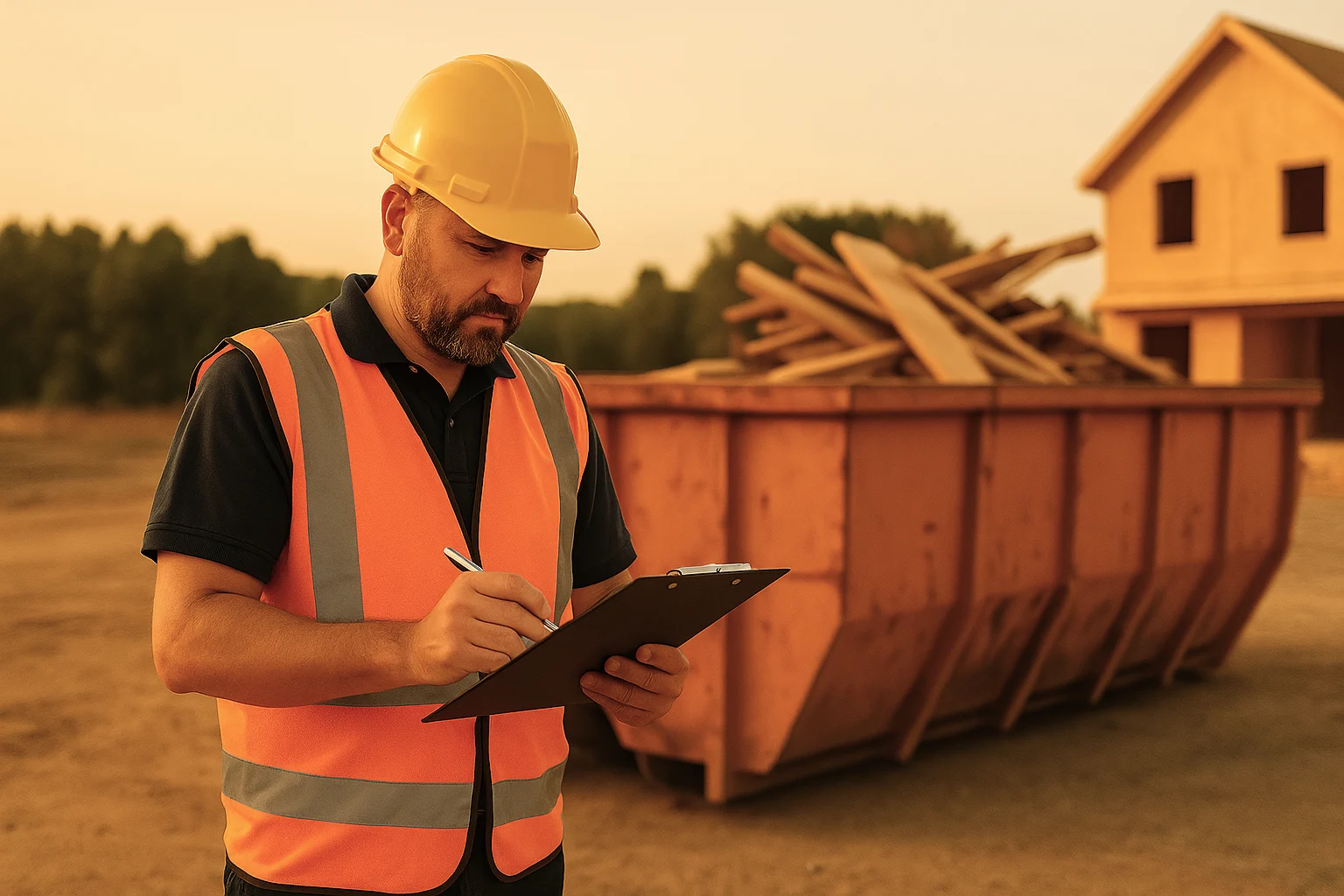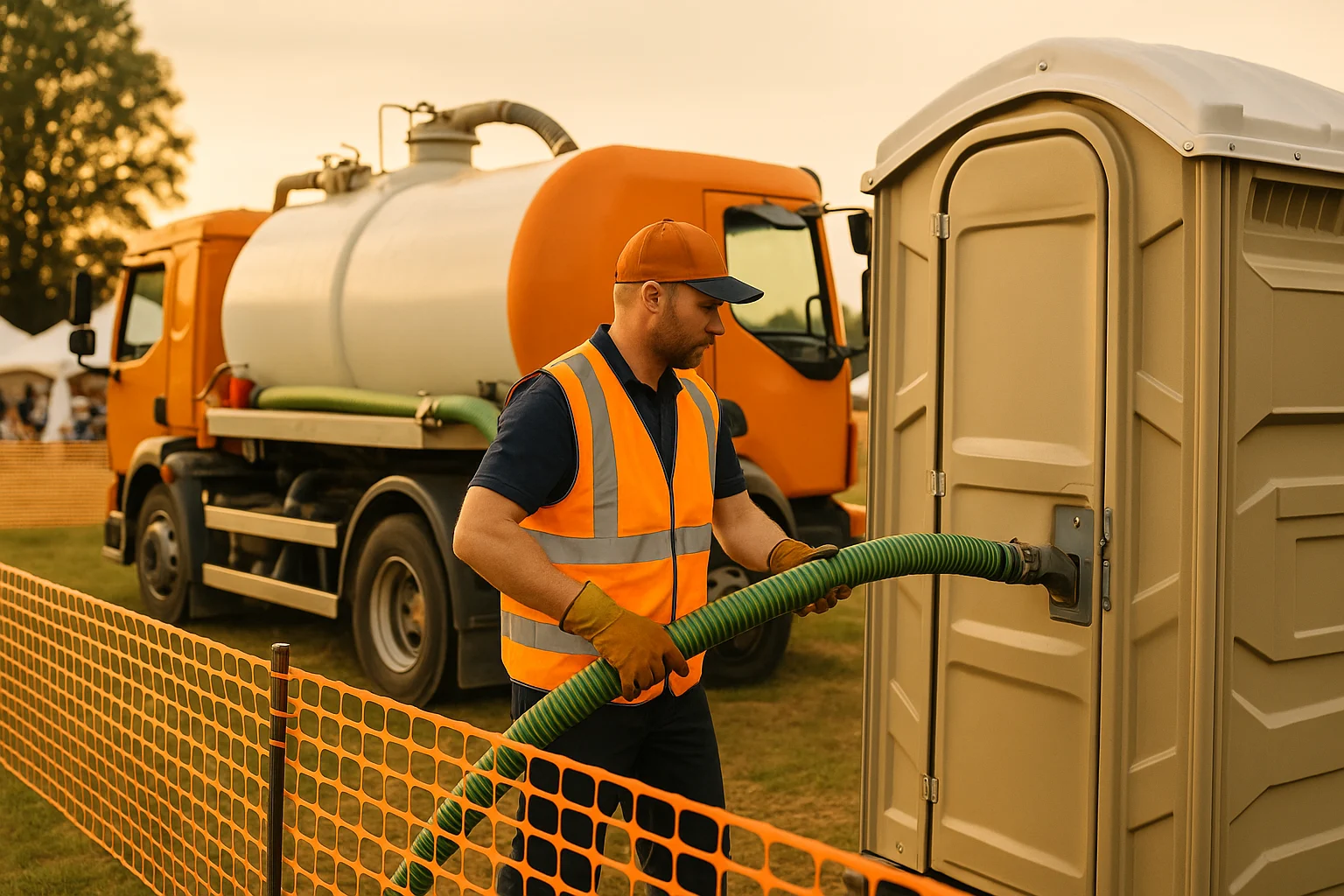Why a Final Construction Site Inspection Matters
Before diving into the preparation steps, it’s important to understand why a final inspection is necessary. Final inspections are conducted to ensure that the construction project complies with local building codes, safety standards, and project specifications. Failing an inspection can lead to project delays, additional costs, and sometimes even legal issues. Therefore, getting it right the first time is essential for a successful project closeout. Moreover, a successful final inspection signifies that the construction work is safe, sustainable, and fit for purpose, providing reassurance to future occupants and users of the facility.
The final inspection also represents an opportunity for project teams to demonstrate their commitment to quality and attention to detail. It is a chance to showcase the craftsmanship, planning, and execution that went into the project, highlighting the dedication and expertise of the construction team. Additionally, a thorough final inspection can help identify any potential issues that might arise in the future, allowing for preventive measures to be put in place, which can save time and resources in the long run.
Construction Site Inspection Cleaning: Interior and Exterior Prep
One of the most important aspects of preparing for a final inspection is a thorough post-construction cleaning. This involves removing all debris, dust, and construction materials from the site. Here’s what to focus on:
Interior Cleaning
Ensure all rooms are cleaned from top to bottom. This includes dusting surfaces, cleaning windows, and vacuuming carpets or floors. Pay special attention to high-traffic areas and rooms that were heavily used during construction. It’s also essential to check less obvious areas such as ceiling corners, light fixtures, and ventilation grilles to ensure they are dust-free and spotless.
Exterior Cleaning
Clear the site of any construction debris, such as wood scraps, nails, and packaging materials. Make sure the exterior of the building is washed down, and any landscaping disturbed during construction is restored. Consider pressure washing paved areas to remove any stubborn dirt or stains, and ensure that waste disposal areas are neat and free from clutter.
Hazardous Material Disposal
Properly dispose of any hazardous materials, such as paints, solvents, or chemicals, according to local regulations. This step is crucial not only for passing inspection but also for maintaining a safe and environmentally friendly job site. Ensure that disposal records are kept on hand as proof of compliance with environmental standards.
Cleanup Before Inspection: Jobsite Presentation Matters
A well-organized jobsite presents a professional image and ensures safety for everyone involved. Here’s how to organize your site:
Tool and Equipment Storage
Store all tools and equipment neatly in designated areas. Ensure that all tools are in working order and safely secured. Regular maintenance checks should be conducted on equipment to prevent any operational issues during the inspection, and tools should be organized in a way that allows for quick and easy access.
Material Organization
Arrange any leftover materials neatly, labeling them for easy identification. This not only helps with inventory but also aids in quick access if needed during the inspection. It’s also advisable to create a detailed inventory list that can be referenced during the inspection, demonstrating the organization’s commitment to efficiency and preparedness.
Safety Signage
Ensure that all safety signs are visible and in place. This includes fire exits, hazard warnings, and emergency contact information. Regularly check the condition of these signs to ensure they are legible and free from damage. Additionally, consider implementing a safety walk-through to verify that all necessary precautions have been taken to protect the site and its occupants.

City Inspection Site Prep: Systems and Components Review
Conduct a thorough review of all construction elements to ensure everything is up to code and functioning properly. Focus on the following areas:
Structural Components
Check for any visible damage or defects in the structural components, such as walls, ceilings, and floors. Address any issues before the inspection. It’s also essential to review any structural reports or assessments that have been completed during the project to ensure they align with the current state of the construction.
Electrical Systems
Verify that all electrical systems are installed correctly and functioning. Ensure that outlets, switches, and lighting fixtures are operational and meet safety standards. Consider hiring a licensed electrician to conduct a pre-inspection review to identify any potential issues that might be overlooked by the construction team.
Plumbing Systems
Test all plumbing fixtures, including sinks, toilets, and showers, to ensure there are no leaks or blockages. Conduct pressure tests to verify the integrity of the plumbing system and ensure that all components are compliant with local plumbing codes.
HVAC Systems
Ensure that heating, ventilation, and air conditioning systems are properly installed and operational. Check filters and ducts for cleanliness and efficiency. Regularly maintain and service HVAC systems to ensure they are in peak working condition, and keep detailed records of all maintenance activities as evidence of compliance.
Final Clean Construction Site: Conduct a Mock Inspection
Before the official inspection, conduct a mock inspection with your project team. This will help identify any potential issues and allow you to address them proactively. During the mock inspection, consider the following:
Checklist
Use a comprehensive checklist that covers all areas of the construction project. This will ensure that no detail is overlooked. Tailor the checklist to match the specific requirements of the final inspection, incorporating feedback from previous inspections to improve its effectiveness.
Role Play
Assign roles to team members to simulate the inspection process. This will help everyone understand their responsibilities and what to expect during the actual inspection. Conducting a role play allows the team to practice their responses to potential questions from the inspector, ensuring that they are well-prepared and confident.
Feedback
Gather feedback from the team on areas that need improvement or attention. Use this information to make necessary adjustments before the final inspection. Encourage open communication and collaboration among team members to foster a culture of continuous improvement and shared responsibility.
Learn More about Preparing Your Construction Site for Final Inspection
El Paso Building Inspection Prep: Documentation and Compliance
Every construction project must comply with local building codes and regulations. Ensure that all permits are in order and that the project adheres to all legal requirements. This includes:
Building Permits
Verify that all necessary building permits are obtained and up-to-date. Keep a record of all permits and approvals in a centralized location for easy access during the inspection.
Code Compliance
Ensure that the construction project meets all local building codes and safety standards. Conduct regular audits to identify any areas of non-compliance and take corrective action promptly to mitigate any potential risks.
Documentation
Prepare all required documentation, such as inspection reports, permits, and compliance certificates, for the inspector’s review. Having organized and readily available documentation demonstrates professionalism and readiness, providing confidence to the inspector in the project’s adherence to regulations.
Read More on Construction Site Inspections and Safety Audits
Jobsite Presentation and Successful Closeout
Preparing for a final inspection is a meticulous process that requires attention to detail and thorough planning. By following these steps, you can ensure that your construction site is clean, organized, and ready for inspection. Remember, a successful inspection is not only about meeting technical requirements but also presenting a professional and well-maintained jobsite. With proper preparation, you’ll increase the chances of passing the inspection on the first attempt, saving time and resources in the long run. In addition, a well-executed final inspection can enhance the reputation of the construction firm, leading to future business opportunities and client satisfaction.
By understanding the importance of a final inspection and taking proactive measures to prepare your site, you can ensure a smooth project closeout and pave the way for future success. Good luck with your inspection, and may your project be a testament to quality construction and meticulous attention to detail. Embrace the final inspection as a learning opportunity, using the insights gained to refine processes and improve outcomes on future projects, solidifying your position as a leader in the construction industry.






